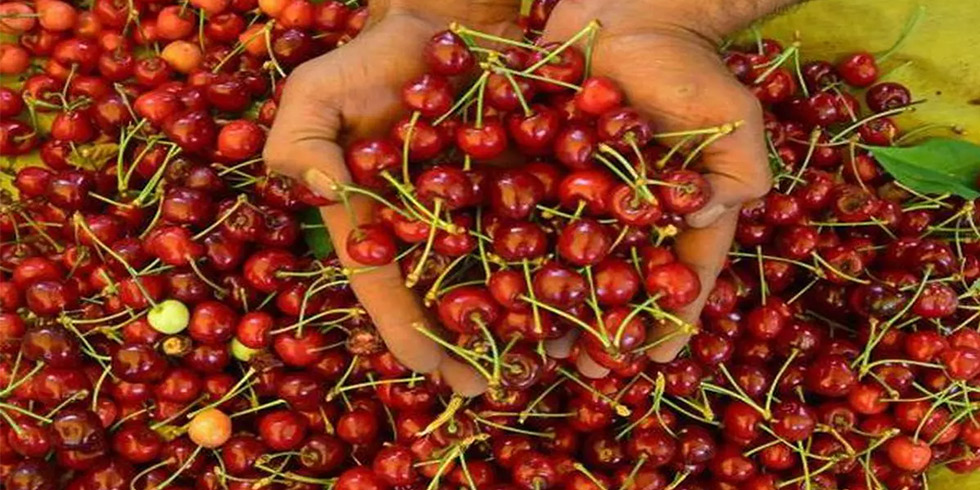The Indian frozen food market is projected to continue growing, reaching US$ 3.1 billion in 2026, up from US$ 1.1 billion in 2020.
India used to be popular only for French fries and simple frozen vegetables. However, the frozen food industry in India has undergone a full transformation in the last 5 to 10 years. India is experiencing a positive growth as a result of the evolution of modern retail outlets and online grocery stores.
Frozen fruits, vegetables, fish & marine produce, poultry, ready meals, bakery items, soups, and appetisers are examples of frozen foods that are suitable for both domestic and international use. The frozen food industry in India is still in its infancy, but it is expected to develop rapidly. Foods like fish, meat, vegetables, and fruits can also be frozen to extend their shelf life while maintaining their nutritional value and wholesomeness. This gives the market an opportunity to stabilise its price.
Farmers' values in India will be boosted by the growing number of Farmer Producer Organizations, solar-based refrigeration technologies, and freezing and chilling facilities. Furthermore, government agencies such as the Ministry of Food and Processing (MOFPI) have taken and continue to take several steps to improve cold chain manufacturing and infrastructure facilities, such as incentives and various schemes for the market's development, for more than two decades.
Due to both of these factors, India's frozen food growth trends will be in the double digits. From 2020 to 2026, it is projected to rise at a CAGR of 18.85 percent.
Customers' preferences for convenience foods are and as a result of evolving lifestyles, which indirectly favours frozen product demand by requiring much less time and effort than traditional cooking. In recent years, India has seen a large increase in the number of employed women. With the rise in the number of working women, it is becoming increasingly difficult for them to prepare meals, resulting in the consumption of frozen ready meals. The freezer and cold storage segment has grown in popularity since the advent of organised retail stores.








Add Comment